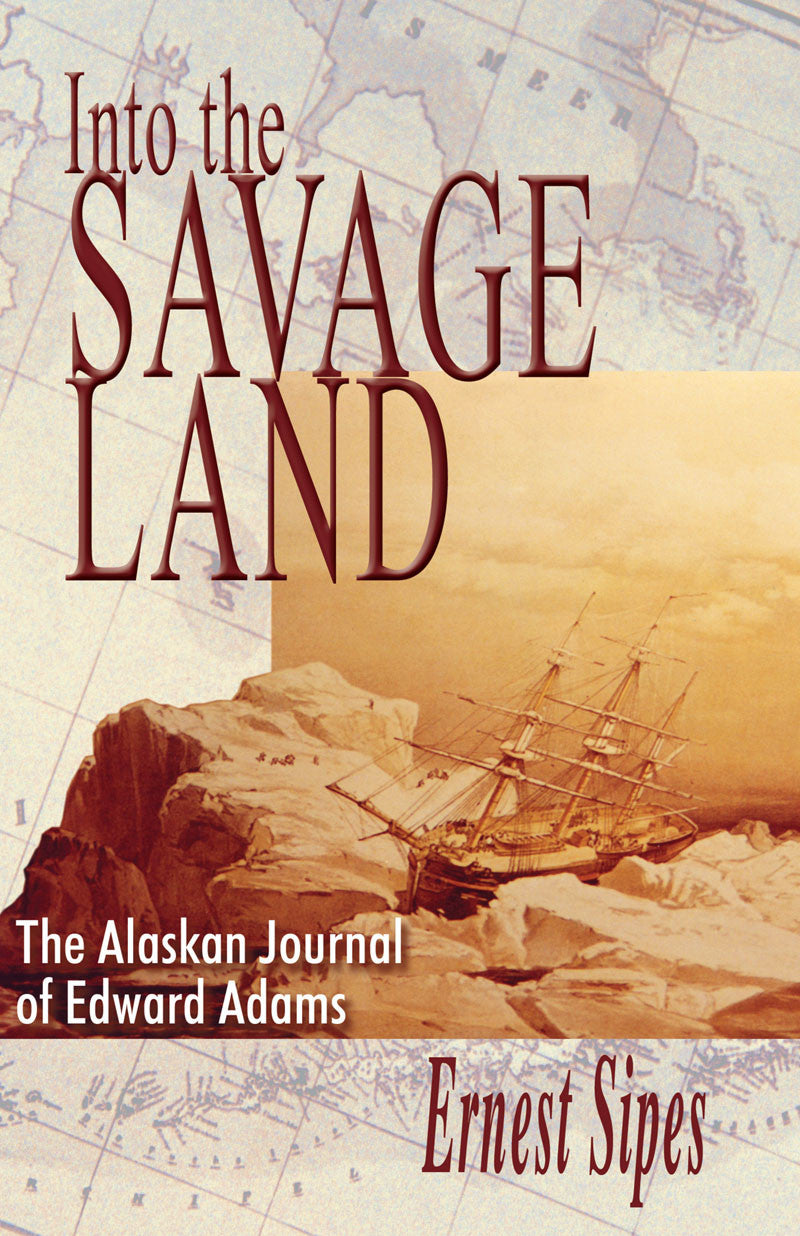

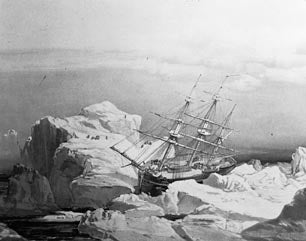
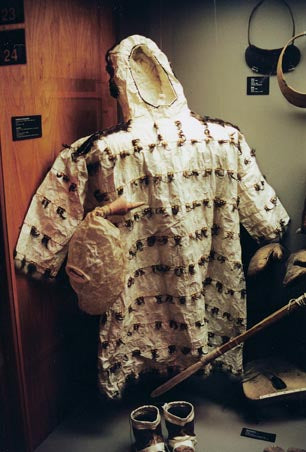
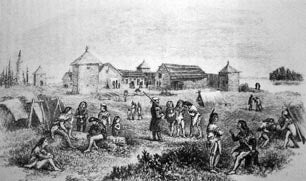
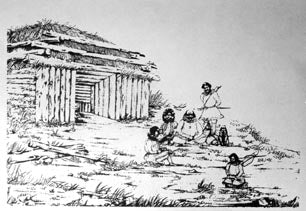
Into the Savage Land: the Alaskan journal of Edward Adams
Details
By: Sipes, Ernest
ISBN: 978-0-88839-562-7
Binding: Trade Paper
Size: 8.5" X 5.5"
Pages: 160
Photos: 0
Illustrations: 0
Publication Date: 2007
Description
PR Highlights: A personal glimpse into life in Russian Alaska
PHOTO Highlights: 16 page color photo section, 2 maps
Adams' writings offer a first-person account of travels into interior Alaska and the inherent dangers involved, including freezing cold temperatures, suspicious Russians and warring Natives. 1850 - 51.
An annotated journal of Edward Adams. The young Victorian-era doctor was part of an expedition sent to Russian Alaska in 1850 to search for fellow countryman and explorer John Franklin and his crew. As the expedition's naturalist, Adams made observations, recordings and drawings of the excursion, particularly the customs of the local Natives and their interactions with members of the Russian American Company. Adams' writings offer a first-person account of travels into interior Alaska and the inherent dangers involved, including freezing cold temperatures, suspicious Russians and warring Natives.
As an educated doctor, Edward Adams brought with him all the sensibilities of a Victorian-era gentleman, as is evidenced by his writings. A man of many abilities, Edward Adams' journal reveals a person who thrived on new experiences and had a true gift for recording what he noted. Perhaps more than any other feature of his journal, it is the author's portrayals and adventures with Natives that provide readers the most drama, as his prose, while essentially report-form, will on occasion lapse into an interior monologue that approaches stream of consciousness, a writing style reminiscent of the popular serialized stories that appeared in British papers at the time. During these moments the reader is taken back to the Russian Alaska of 1850 as they accompany Edward Adams into the savage land.
Another significant aspect of what Edward Adams observed and recorded while he traveled through Russian Alaska was the fact that the Alaskan Natives were in the middle stages of assimilation into the serf-based style of feudalistic manorism as practiced in nineteenth-century Russia. Interacting with primitive, non-western cultures was not a new experience for Russian explorers and some of the aspects of acculturation meant that items such as metal tools were available, as well as luxuries such as tobacco were enjoyed, providing something was offered for trade. Most telling of the effectiveness of this integration process was that Edward Adams traveled hundreds of miles in Russian Alaska and had no first-contact experiences with Natives.
The detail with which Adams describes interior Indians is another of the strong features of the journal. The descriptions offer a warts-and-all look into the sometimes-cruel lives of Alaskan Natives and the way they were treated and mistreated by the Russian trading company. And the clarity of the contact levels separating tribes, which becomes apparent as he travels inland, sets the narrative above all contemporary accounts.
There are virtually no other books in publication that offer readers such a personal glimpse into life in Russian Alaska in the mid-nineteenth century.
Edited by Ernest Sipes, his annotations help to fill-out the account and offer explanations and insights into the historical goings-on at the time.
The book includes an extensive foreword by the editor that offers the reader the historical and geo-political background at the time of the writing.
Author Biography
Ernest Sipes was born, raised and lives in Alaska. He has always had an interest in history, particularly the colonial period of Alaska's past. Additionally, his experiences growing up in Alaska with Natives have impacted his perceptions perhaps as much, if not more, than the formal training in anthropology he received from the University of Alaska-Fairbanks and Brigham Young University. In terms of his practical understanding of first peoples, his travels in remote areas of northwest Brazil have given him particular insight into interpreting the journal of Edward Adams. Over the course of sic years, he observed Indians of the Amazon at varying levels of assimilation undergoing the sometimes-painful process of dealing with outsiders. While the climate is quite different between the two areas, Alaska in 1850 and the present-day Amazon appear to be somewhat similar in that some primitive Indian tribes take to contact with less resistance than others.
The construction of this work was based upon many sources and several years of research
Book Reviews
Review by Dean Littlepage
Alaska History
a publication ofthe Alaska Historical Society
Spring 2009
In October 1850, English physician and naturalist Edward Adams and two other members of the crew of the HMS Enterprise disembarked at the Russian post of St. Michael, Alaska. Their mission was to investigate a vague lead into the disappearance of the expedition led by Sir John Franklin, and the territory they were entering was still a Russian possession. From then until the ship returned for the party in July 1851, Edwards kept a journal, which is the core of this slim and engaging book.
The editor, anthropologist and explorer Ernest Sipes, provides an explanatory foreword, occasional notes, and numerous illustrations and color plates that help bring life to Adams' words. But the gem here is the journal itself. Much of it focuses on Yup'ik life along the Bering Sea coast at the time, and Adams' eye for detail on that score is impressive.
One of the journal's chief historical contributions is Adams' account of the Nulato Massacre of 1851. His companion, Lt. John Barnard, traveling up the Yukon River in search of traces of Franklin, had the incredible bad luck of arriving at Nulato just in time for the attack by Koyukuk River Native people on Nulato's Russian post and Athabaskan village. More than fifty people, including Barnard, were killed. Adams arrived shortly afterwards to view the scene and interview survivors.
Adam was curious and observant, knew his business as a naturalist, and best of all, was good with words. Describing life at St. Michael in the dead of winter, he writes that meadow mice (we call them voles these days) gallop about our rooms day and night in swarms (p.80). When he is lost miles from his snowy backcountry camp on a dark night, he wanders for several hours before the moon illuminates his tracks, revealing that I had walked twice round the mountain...and that I was on my way for another round (p. 67). His vivid description of a multi-colored, dancing aurora may be one of the best in print.
The journal...is a quick, illuminating read about life in western Alaska in the waning days of Russia's American empire.